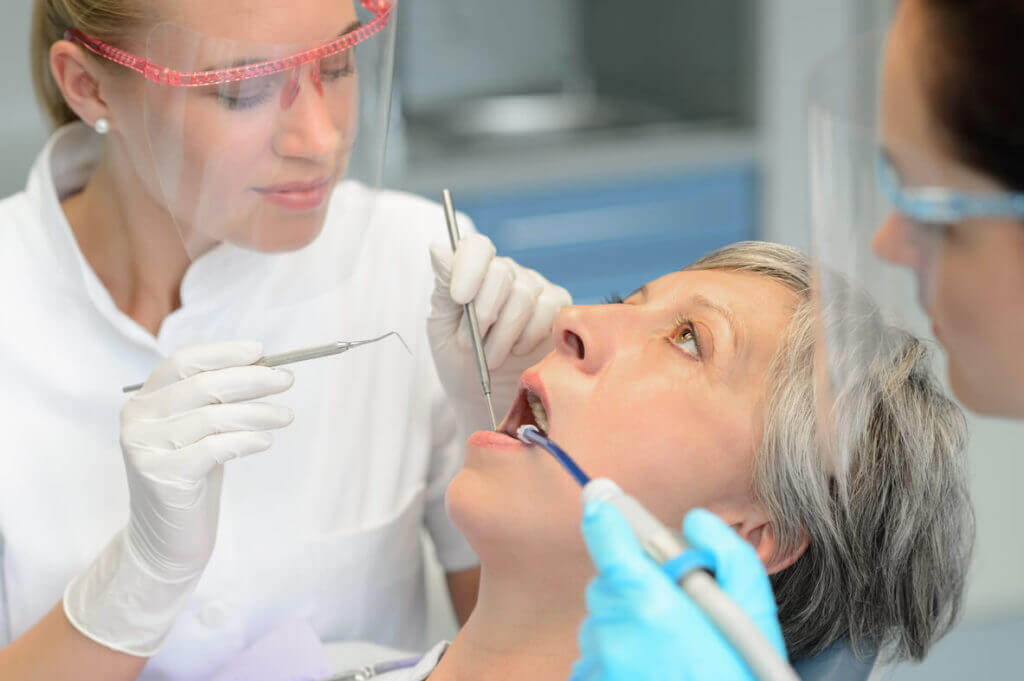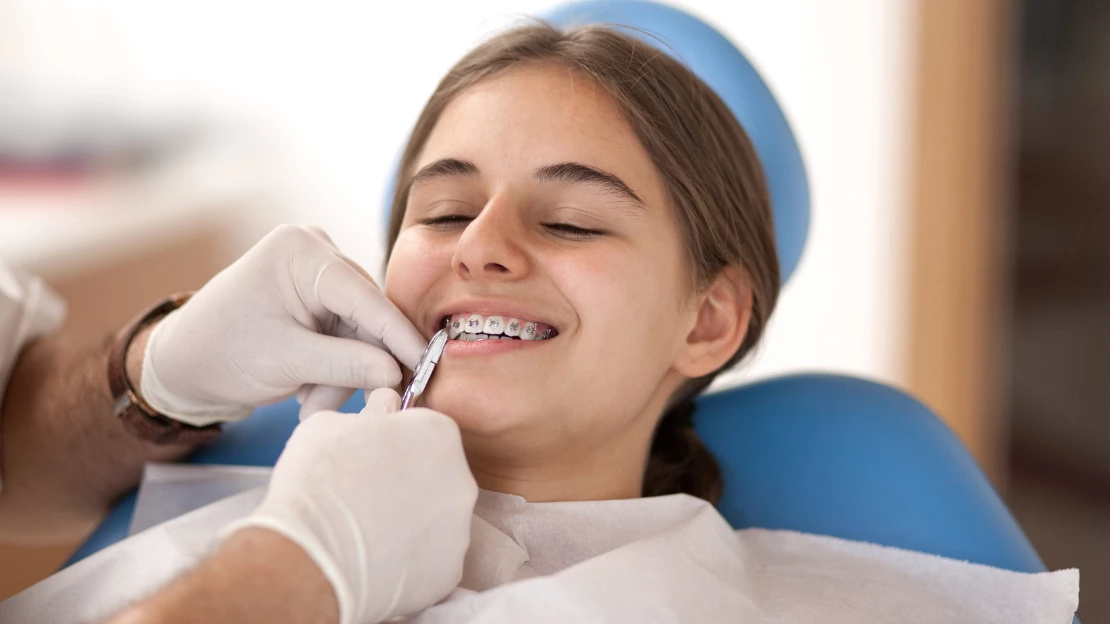What Does Legacy Orthodontics Do?
What Does Legacy Orthodontics Do?
Blog Article
Some Of Legacy Orthodontics
Table of Contents3 Simple Techniques For Legacy OrthodonticsThe Best Guide To Legacy OrthodonticsThe Best Strategy To Use For Legacy OrthodonticsLegacy Orthodontics for DummiesLegacy Orthodontics Fundamentals Explained
In addition, we provide adjustable treatment timetables, flexible repayment alternatives and an enjoyable, enjoyable experience.An orthodontist is a dental expert trained to diagnose, prevent, and treat teeth and jaw abnormalities. Orthodontists function with individuals of all ages, from children to adults.
Malocclusion, or misaligned teeth, can cause dental issues, including dental cavity, gum condition, and hard or unpleasant chewing. Yet not every person is born with straight teeth. If you have a poor bite or large spaces between your teeth, you might intend to speak with a dentist specializing in orthodontic treatment.
The Greatest Guide To Legacy Orthodontics
( Picture Credit Score: DigitalVision/Getty Images) Orthodontists utilize repaired and detachable oral devices, like dental braces, retainers, and bands, to alter the placement of teeth in your mouth. Orthodontic treatment is for oral abnormalities, including: Uneven teethBite troubles, like an overbite or an underbiteCrowded teeth or teeth that are too far apartJaw misalignmentThe goal of orthodontic treatment is to improve your bite.
A healthy and balanced bite guarantees you can eat, eat, and speak effectively. While you could think about orthodontists as generally for children or teenagers who need dental braces, they can correct oral issues at any kind of age. Orthodontists attend university, oral institution, and orthodontic school. After college graduation, they spend 2 or 3 years in an orthodontic residency program.
All orthodontists are dental professionals, but not all dental professionals are orthodontists. Orthodontic residency programs supply extensive, focused instruction for oral specialists. They concentrate on two locations: Just how to properly and safely move teeth How to effectively assist growth in the teeth, jaw, and faceOnce an orthodontist has actually completed training, they have the alternative to become board accredited.
Fascination About Legacy Orthodontics
Misalignment, or malocclusion, is one of the most typical reason people see an orthodontist. It is hereditary and is the result of dimension differences in between the top and lower jaw or between the jaw and teeth. Malocclusion causes tooth overcrowding, a twisted jaw, or uneven bite patterns. Malocclusion is normally treated with: Your orthodontist affixes metal, ceramic, or plastic square bonds to your teeth.
Some people require a headgear to help move teeth right into line with pressure from outside the mouth. A retainer is a custom tool that keeps your teeth in area.
They're most often utilized on children. They can create added area in the mouth without needing to draw teeth. If you have a major underbite or overbite, you could need orthognathic surgical treatment (additionally called orthodontic surgical treatment) to extend or reduce your jaw. Orthodontists make use of cords, medical screws, or plates to sustain your jaw bone.
You may require to see an orthodontist if you have: Crowding or otherwise adequate space for all of your teethOverbite, when your upper teeth come your bottom teethUnderbite, when your base teeth are also much internet forwardSpacing or issues with gapsCrossbite, which is when your top teeth fit behind your bottom teeth when your mouth is closedOpen bite or an upright gap in between your front bottom and upper teethMisplaced midline, when the center of your base and top teeth do not align Remedying an oral malocclusion can: Make attacking, eating, and speaking easierImprove the balance of our face and your total appearanceEase pain from temporomandibular joint problemsSeparate your teeth and make them less complicated to clean, aiding avoid tooth degeneration or cavities It's typically a dental professional that first notifications misaligned teeth throughout a regular exam.
Little Known Questions About Legacy Orthodontics.

During your very first orthodontic appointment, you'll likely have: A dental examPhotos taken of your face and smileDental X-raysPanoramic (360 degree) X-rays of your face and headImpressions to create molds of your teethThese tests will help your orthodontist understand exactly how to continue with your therapy. leesburg braces. An orthodontist is a dentist who's had training to treat your teeth and jaw
An orthodontist is focused on your bite, so something like a broken tooth would be handled by a dental expert. Orthodontists are concentrated on your bite, or the way your teeth fit together, and the straightness of your teeth.
Ever before asked yourself exactly how celebrities always appear to have perfectly lined up teeth? Orthodontists are dental specialists who concentrate on fixing irregularities in the teeth and jaws.
Legacy Orthodontics - Truths

While braces are the most commonly acknowledged orthodontic therapy, orthodontists have a diverse toolkit at their disposal. The particular approach chosen depends on the severity of the situation, the client's age, and individual choices. These reliable braces utilize a system of brackets adhered to the teeth and linked by cords.
Clear aligners, like Invisalign, are a preferred option for people looking for an extra very discreet treatment alternative. These detachable trays are tailor-made to gradually shift the teeth's setting. Headgear might be utilized together with braces or aligners to use added targeted forces, particularly for correcting jaw disparities. In situations of slim jaws, palatal expanders can be used to produce area for correct tooth alignment.
Report this page